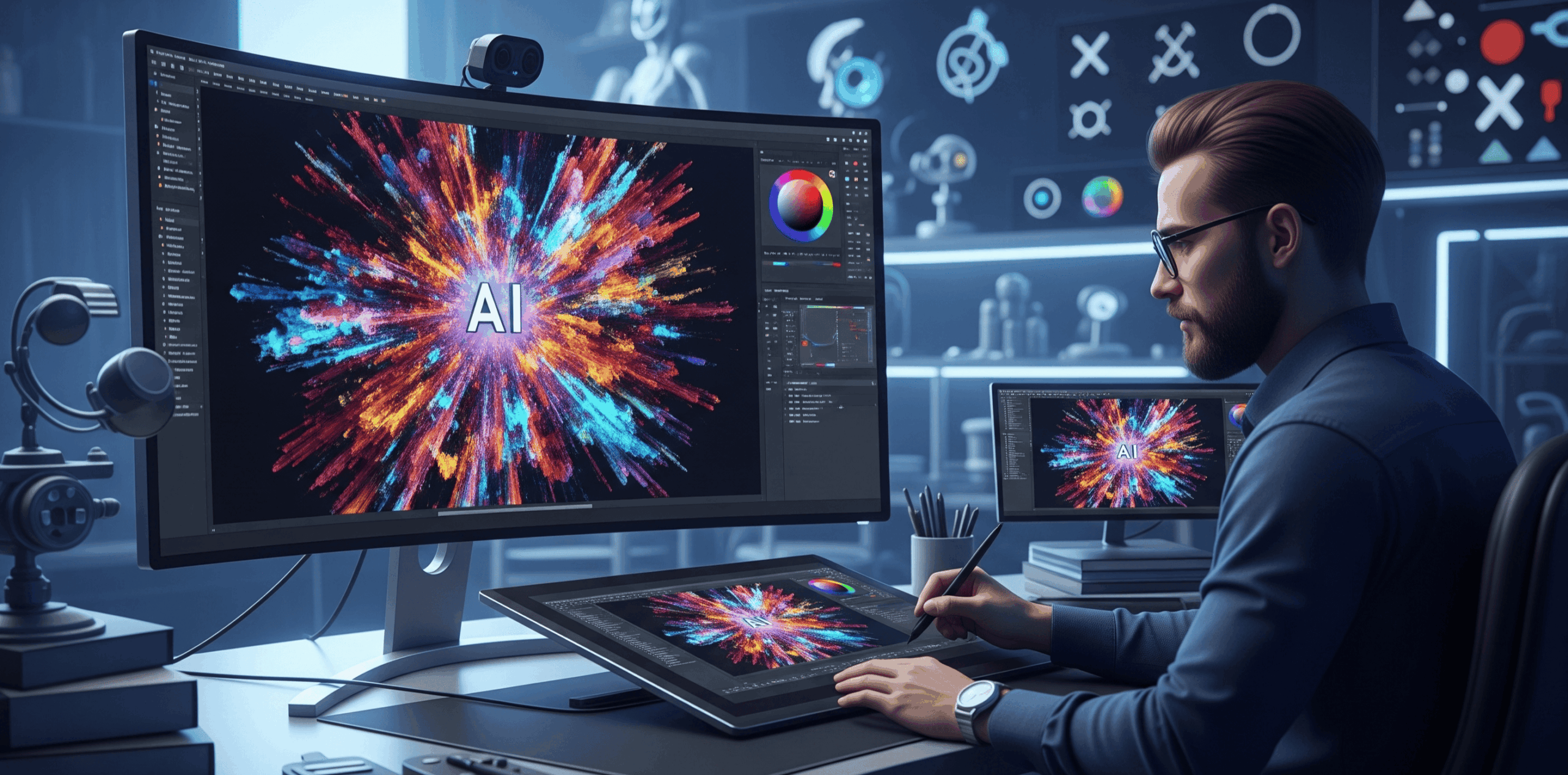Have you ever imagined turning digital creations into a real source of income? In 2025, the AI revolution has fully arrived in the visual arts world. And we’re not just talking about tech curiosity — but real financial opportunities. Digital artists, creative entrepreneurs, and even complete beginners are riding a profitable wave: selling AI-generated art online. But how do you start, where to sell, and most importantly, how to stand out? That’s exactly what you’ll discover in this comprehensive, practical, and straightforward guide.
Get ready for a strategic dive into the universe where creativity and technology meet to generate profit.

Contents
- 1 How to Make Money Selling AI-Generated Art and Prints
- 2 Choosing the Right Platform to Sell Your Art
- 3 How to Create Art That Actually Sells
- 4 Mastering Creation with AI Tools
- 5 Turning Digital Art into Physical Products
- 6 Setting Up Your Store and Brand Positioning
- 7 Promoting Your Art on Social Media
- 8 Pricing and Profits: How to Calculate Correctly
- 9 Scaling Your Business and Creating Passive Income
- 10 Conclusion: The Future of Art is in Your Hands (and Keyboard)
How to Make Money Selling AI-Generated Art and Prints
It used to be necessary to master Photoshop, draw manually, or hire artists. Today, AI allows anyone with vision and good ideas to create impressive digital art. Platforms like Midjourney, DALL·E, Leonardo AI, and Stable Diffusion have changed the game, offering intuitive tools to create illustrations, posters, prints, and much more.
But the real secret to making money with AI-generated art isn’t just creating — it’s selling well. That involves strategy, positioning, branding, and market knowledge. We’ll break it all down in the following sections.
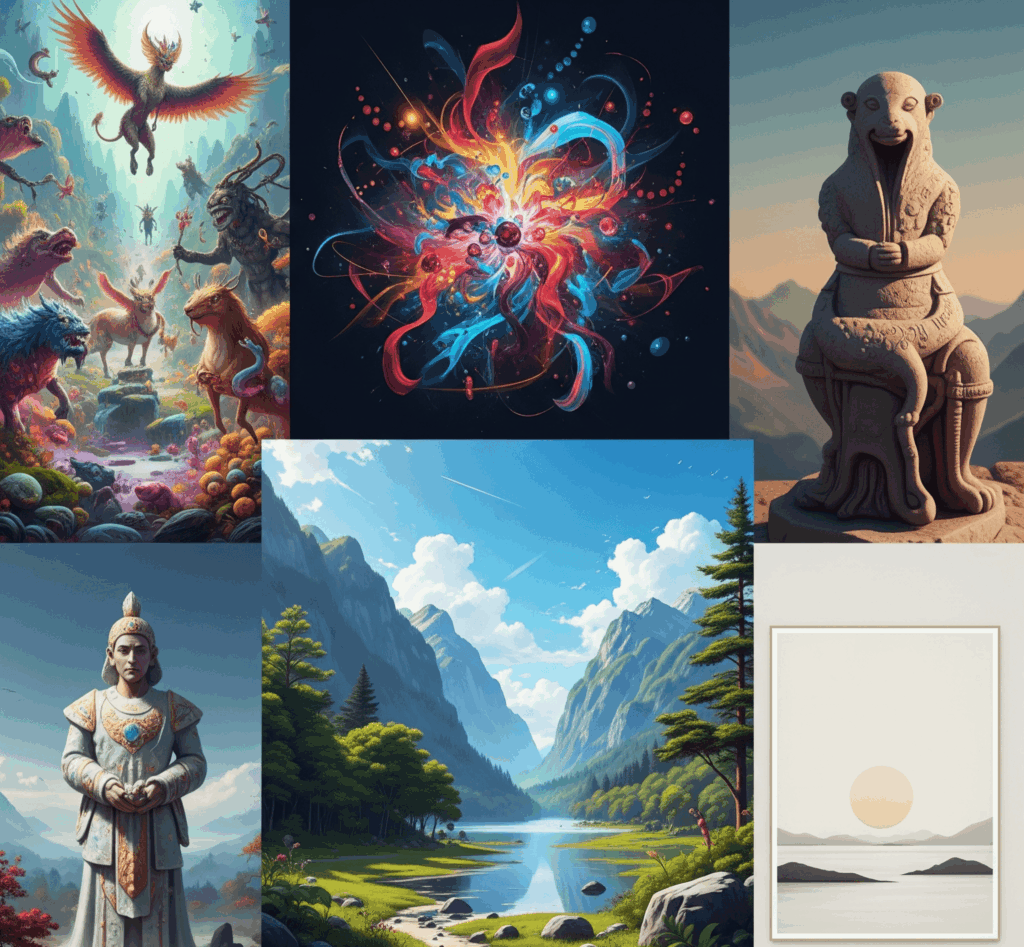
Choosing the Right Platform to Sell Your Art
Choosing the right selling platform is key to success. Some of the most popular and reliable marketplaces for selling AI-generated art include:
- Etsy: perfect for selling digital prints, decorative posters, and exclusive art.
- Redbubble: lets you apply your art to t-shirts, mugs, stickers, and more.
- Society6: similar to Redbubble, with a more artistic and sophisticated focus.
- Displate: specialized in metal prints, very popular in the geek and gamer niche.
- Creative Fabrica and Design Bundles: ideal for selling graphic packs and design assets.

Each platform has its own advantages. The key is to understand your audience, choose the channel that fits best, and focus on it before expanding.
How to Create Art That Actually Sells
Creating something pretty isn’t enough. For your AI-generated prints to sell, you need to think like a visual merchant. Here are some criteria that make all the difference:
- Market trends: follow what’s trending on Pinterest, TikTok, Instagram, and Google Trends.
- Appealing color palettes: pastel, vibrant, or minimalist tones? Choose intentionally.
- Popular themes: nature, spirituality, motivational quotes, pets, zodiac signs, and pop culture always sell.
- Consistent style: even using AI, maintain a visual identity in your collections.
- High resolution and details: art quality directly impacts reviews and sales.
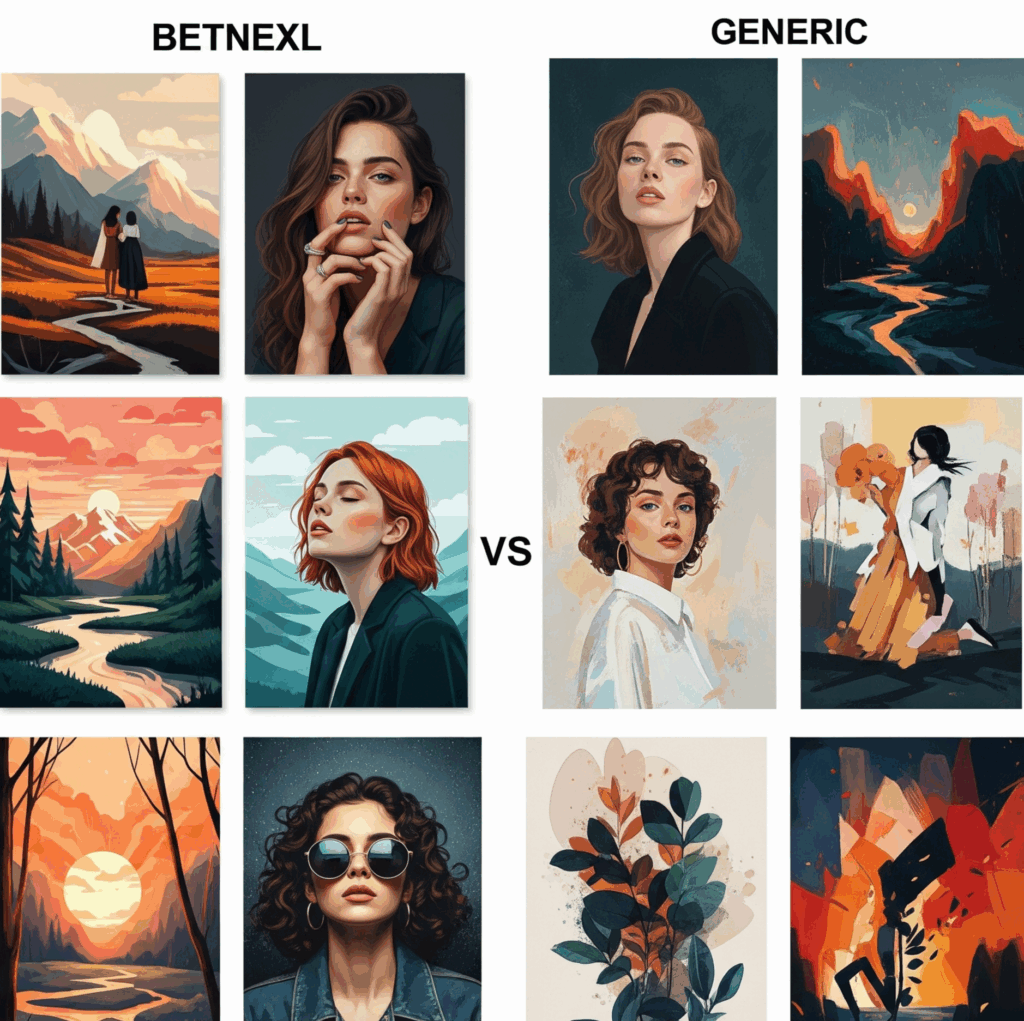
Mastering Creation with AI Tools
The beauty of AI art is how easily you can create unique works without being a design genius. Here are the best recommended tools to get started:
- Midjourney: great for artistic scenes, retro, fantasy, and realistic styles.
- DALL·E 3: integrated with ChatGPT, creates images from detailed prompts.
- Leonardo AI: user-friendly interface focused on multiple design styles.
- Canva + AI: excellent for composing, adding text, and preparing final products.
The golden tip is learning how to write good prompts. The more detailed, the better the result. And remember: experimenting is part of the process!
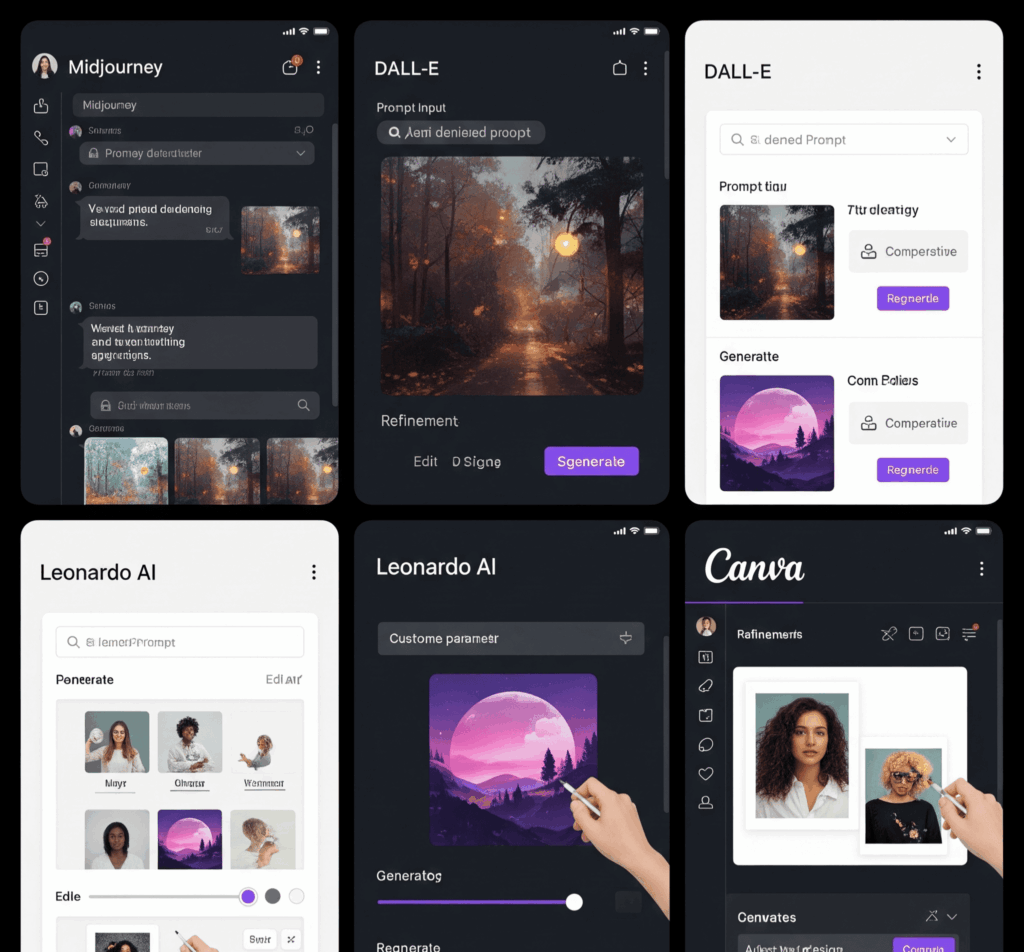
Turning Digital Art into Physical Products
One of the biggest advantages of selling AI-generated prints is monetizing with physical products. The most common options include:
- Decorative frames (printed or digital)
- Posters and custom prints
- Phone cases, pillows, t-shirts, and other personalized products
- Calendars, planners, and art cards
You can work with print-on-demand, where the product is made only when a customer buys it. This reduces costs and risks, ideal for beginners.
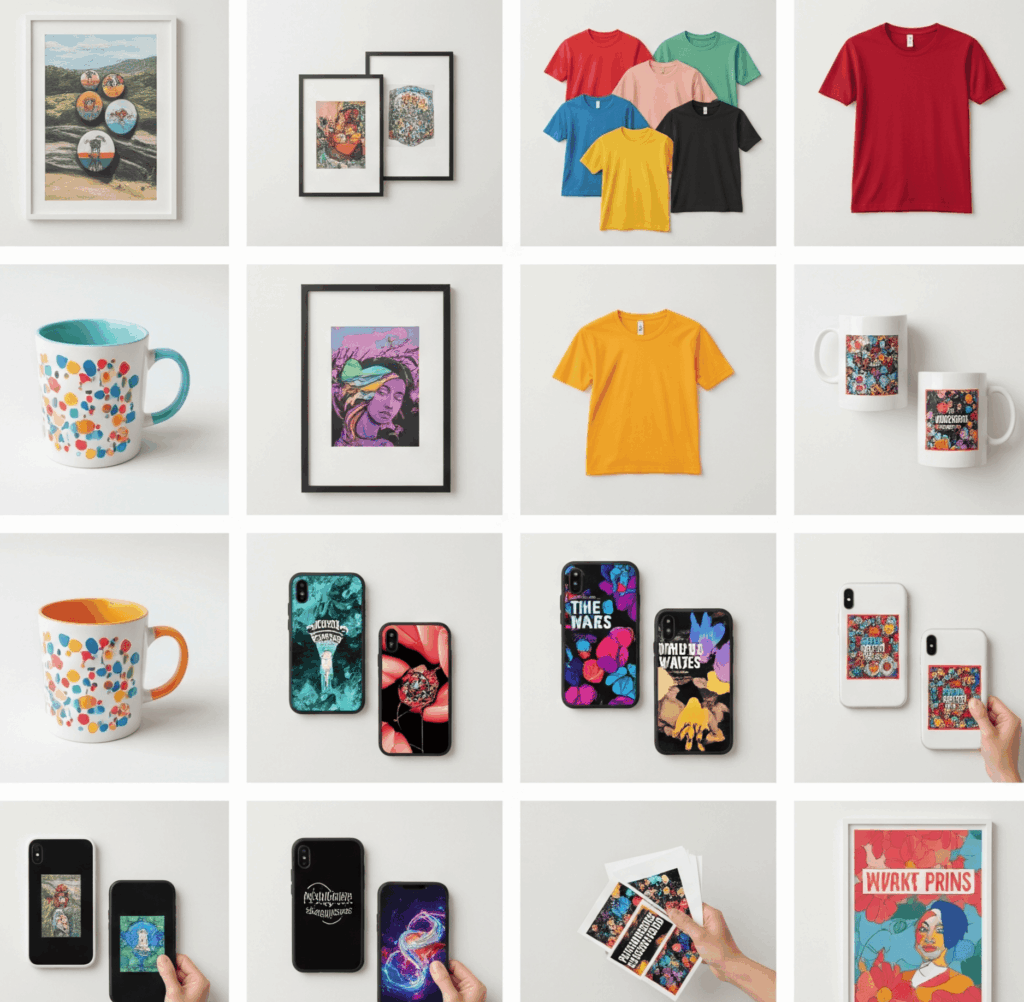
Setting Up Your Store and Brand Positioning
Whether selling on Etsy, your own website, or social media, your personal brand makes all the difference. Essential steps include:
- Memorable name and visual identity
- Bio and descriptions optimized with keywords
- Attractive photos and realistic product mockups
- Stories behind each artwork: storytelling sells
- Active profiles on Instagram, Pinterest, and TikTok
Remember: art is emotion. If you can convey a unique feeling with your brand, your audience will connect (and buy!).
Promoting Your Art on Social Media
You can create the most beautiful art in the world, but if no one sees it, it won’t sell. That’s why digital marketing is key to making money with AI.
Use strategies like:
- Reels and short videos showing your creation process
- Posts with inspiring quotes using your art
- Stories with behind-the-scenes and polls to engage
- Pinterest as a visual inspiration showcase
- TikTok to make creative art go viral
Invest time in understanding what works for your audience. Viral posts can bring hundreds of sales in a few days.
Pricing and Profits: How to Calculate Correctly
A common mistake for beginners is undervaluing their own art. Here are some tips to price fairly and profitably:
- Production cost: even if digital, consider your time spent creating and editing.
- Platform fees: Etsy, for example, charges about 5% per sale plus transaction fees.
- Competition: observe others’ prices but avoid price wars.
- Perceived value: well-presented art can command much higher prices.
- Ideal profit margin: aim for at least 30% net profit per piece.
Scaling Your Business and Creating Passive Income
Over time, you can turn this project into a true passive income source. Some ways to scale include:
- Automating processes with tools like Zapier and Canva Pro
- Creating themed collections and selling them in bundles
- Offering commercial licenses to designers and companies
- Building your own store with paid traffic and SEO
- Outsourcing mockup creation, customer service, and marketing
The more structured your process, the more freedom you get to focus on growth strategies.
Conclusion: The Future of Art is in Your Hands (and Keyboard)
Making money with AI-generated art in 2025 is no longer a promise — it’s reality. The fusion of creativity and technology has democratized artistic production, opening doors for anyone with talent who didn’t know how to monetize it.
Start small, be consistent, and have purpose. Explore the tools, study the market, understand your audience, and above all, create with authenticity. People recognize when there’s soul behind the art, even if it was generated by algorithms.
This is the perfect moment to position yourself in this growing market. It’s not about competing with traditional artists but embracing a new visual language the whole world is starting to value. If you have creativity and an entrepreneurial spirit, this could be the start of a highly profitable and inspiring digital business.

